Are psychedelics literal gates to our inner selves?
Here is an interesting thought: What if what we see during a trip isn’t just something ‘made-up’ by our brain but real, ‘concrete’, objects? What if by taking hallucinogens we are literally opening the gates to a usually unperceived world? A world within ourselves?
As it turns out, that might just as well be what happens when people take psychedelics. The idea that substances like psilocybin, mescaline or ergine open the gates to our inner worlds might mean more than initially thought.
Usually, we tend to describe the effects of psychedelic drugs with words such as ‘hallucinations’, ‘reality distortion’ or ‘dream-like’ experiences, hinting at the perception of what is not there, of what lacks in our sober ‘concrete’ world. But ‘hallucination’ may not be the only term to describe psychedelic experiences. Many of what we perceive as ‘hallucinations’ could rather be described as ‘phosphenes’ or ‘entoptic vision’, associated to the perception of ‘concrete’ objects, such as cells and blood vessels, within our own eyes.
As it turns out, when given the right circumstances, our eyes are capable of observing the things that lie within them. Between the cornea, the outermost part of our eye, and the retina, where the light that enters our eyes is detected and converted to neural signals; there is a sea of different nerves and cells that can be detected by our brain. Usually, our brain manages to filter what is not relevant for our day to day perception. Sometimes, however, this does not happen. When the light shines at a certain angle, or when a certain substance or stimulus over excites some of our cells, a phosphene or an entoptic phenome might occur; revealing to us the inner components of our eyes.
Entoptic vision and phosphenes vs fluorescence photography
Research done during the 70s and 90s has confirmed that some of what is seen during a phosphene or entoptic vision phenomenon, can also be observed using fluorescence photography. More than that, it has been argued that entoptic images can have even higher resolution than that of fluorescence photography! During the 19th century Purkyne, a Czech anatomist and physiologist, made very detailed accounts of his entoptic observations. By illuminating his eyes with a sharp beam of light, he managed to observe and make very detailed drawing of the entire system of retinal circulatory vessels. These observations have since been called Purkyne’s tree.
Phosphenes and entoptic: a brief history
Shamans in certain parts of the world have been making use of these phenomena for many years to diagnose a variety of different tropical infections. As an anthropologist called César E. Giraldo Herrera points out, the causal agents of some common tropical infections like Leishmania spp, Trypanosoma spp, Plasmodium spp, and Toxoplasma spp can all, to some extent, be found within the blood vessels present in the eyes. What the shamans have learned, is that they can identify these agents through phenomena such as those of phosphenes and entoptic vision. After many years of practice, shamans have gathered the knowledge to diagnose and prevent these diseases solely using their bodies and the plants and materials available in their surroundings.
In Europe, the understanding of what ‘phosphenes’ and ‘entoptic vision’ were only started to appear around the 18th century, when multiple studies started to describe the phenomenon. Throughout the 18th century and up until early 20th century, these descriptions were relatively prolific. Nevertheless, with the advent of new microscopic technologies, the interest on these phenomena started to decrease reaching a point where it had become nothing but some curious effect that was not relevant anymore to modern science.
In the 80s, however, the importance of these phenomena started to gain importance again. A type of phosphene called ‘blue field effect’, for instance, was shown to be a particularly good and inexpensive method to assess the status of the immune system as well as blood flow and speed. Similarly, entoptic vision also proved to be an inexpensive technique in the diagnostic control of diabetes and other diseases that may affect the retina, such as the systemic infections that some shamans are prepared to diagnose.
Phosphenes and entoptic vision: what can still be learned/taught
In communities where shamanic practices are still common, knowledge regarding the practices involving phosphenes and entoptic vision kept on being developed. As such, these communities nowadays hold immense knowledge from which ‘western’ practices have still much to learn from. Some of its knowledge can be observed in the rituals that tend to accompany the diagnosis of certain diseases. Unlike western researchers during the 18th to the 20th century, who tended to focus on the role of light as a trigger for phosphenes and entoptic vision; shamans have also gathered plenty of knowledge on the role of different substances as triggers of such phenomena. By combining both light and chemicals amongst other forms of stimulation, shamans can probably make even more detailed observations of what lies within the eyes.
But what exactly are phosphenes and entoptic vision? Well, both have something to do with light within the eye. Whereas one has to do with light emission, the other has to do with light absorption. Phosphenes appear when cells within our eye emit light, entoptic vision occurs when some of the light that enters our eye produces a shadow.
Phosphenes: expanded explanation
Even if you are not used to taking psychedelics, you have probably experienced phosphenes at some point during your life. Phosphenes can appear not only as a result of tripping but also whenever you apply some pressure to your eyes. Under lab conditions, it has also been shown that they can also be triggered by electrical and magnetic stimulation. There are a many different types of phosphenes but generally they can be recognised by the light pattern they form, like the ones in the image below.

(images from: https://figshare.com/articles/_Illustrations_of_basic_phosphene_patterns_and_their_transformation_to_8220_cortical_coordinates_8221_/399632/1)
In the 1950s, Max Knoll conducted multiple studies involving phosphenes. From these studies, he developed a list containing 15 different types of phosphene, classified according to their shape. For the studies he conducted, phosphenes were induced by prodding areas of the visual cortex with an electrode device.
The exact nature of phosphenes is still a matter of debate, but currently the main theory is that they originate from the cells within our eyes. Like everything in the world, cells are made up of atoms, and these atoms are constantly emitting and absorbing light (photons). Usually, the light emitted by our eye cells is recognized and ignored by the brain but sometimes that does not happen. When the brain fails to ‘understand’ that the light being perceived comes from our own eye is when the phosphenes appear. These phosphenes can then adopt an array of different colours, each colour being associated with a different source molecule.
Entoptic vision: expanded explanation
As opposed to phosphenes, entoptic vision originates when the light entering our eyes is blocked by the bodies that lie between the cornea and the retina. As the nerves and cells found in between the cornea and retina block some of the photons from entering the eye, a shadow is formed. This shadow is what is then detected by our brain as an entoptic vision. The shadows being perceived are literally the shadows of the nerves and cells that have absorbed the light coming into the eyes. It is suggested that even creatures as tiny as bacteria and protozoarians can be observed with entopic vision! The photo below is a good illustration of an entoptic image.
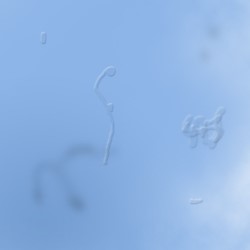
(images from: https://commons.wikimedia.org/wiki/Category:Floaters#/media/File:Floaters.jpg)
Tripping and our inner light
During a psychedelic journey, the chemicals responsible for your trip might also be responsible for the over stimulation of some of the cells within your eyes. What this means is that, suddenly, your eyes will emit more light than usual, increasing the likelihood of you spotting a phosphene. The induction of phosphenes, on the other hand, might also lead to an increased chance of observing entoptic phenomena. Just like entoptic vision can be obtained by shining a beam of light into your eyes, the light created by your own cells might also trigger the formation of entoptic images.
So, next time you enter a psychedelic journey, keep an eye on the different patterns and shapes you see: some of them might literally be the constituents of your vision. Tripping, as it seems, is about seeing the innermost of both our psyche and our body.
Did you enjoy reading this article and do you like to write yourself? We are always looking for people who share our passion for natural products, who can also translate this into great texts. And we have an interesting reward for this. View all information for writers.
Heat Mat
Sirius tip!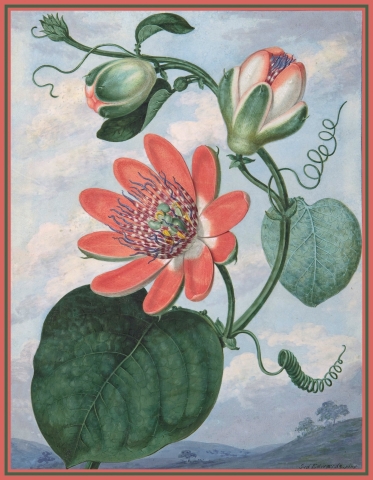 Blog Smart Products
Best natural Antidepressants Without Side Effects
Since the beginning of time, humans have used the healing power of nature to treat depression. Help with depression can be done with natural antidepre [..]
24-10-2021
8 minutes
Blog Smart Products
Best natural Antidepressants Without Side Effects
Since the beginning of time, humans have used the healing power of nature to treat depression. Help with depression can be done with natural antidepre [..]
24-10-2021
8 minutes
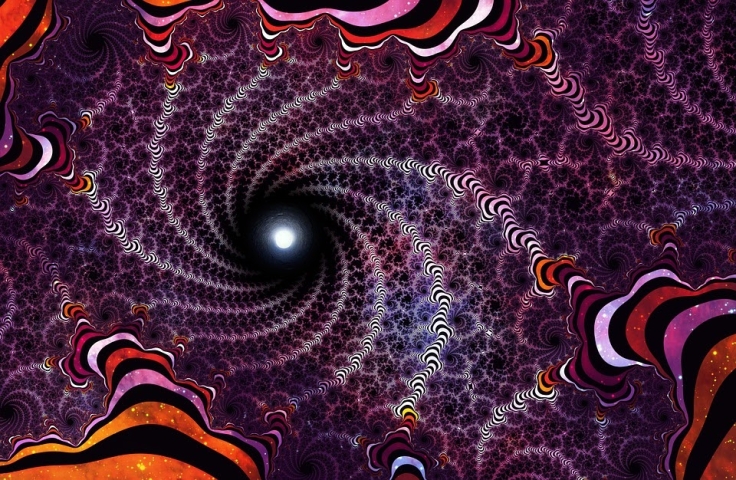 Blog Magic Mushrooms
Strong hallucinations and visuals on magic truffle trip? Read about the possible effects
You think you're all prepared for your magic truffle trip. You have read blogs about the right dosage, set & setting and made a comparison bet [..]
22-12-2021
7 minutes
Blog Magic Mushrooms
Strong hallucinations and visuals on magic truffle trip? Read about the possible effects
You think you're all prepared for your magic truffle trip. You have read blogs about the right dosage, set & setting and made a comparison bet [..]
22-12-2021
7 minutes
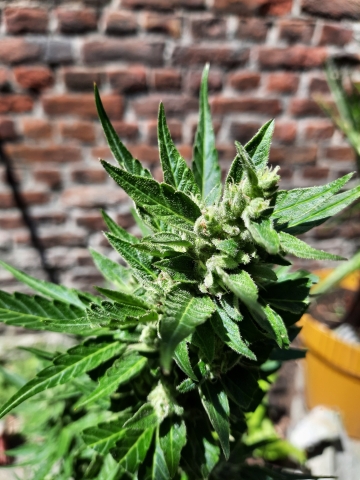 Blog Cannabis
Growers Choice cannabis seeds review
As I was perusing Sirius' seed collection at the beginning of the outdoor growing season, there were a few seed companies that caught my eye. Most [..]
Blog Cannabis
Growers Choice cannabis seeds review
As I was perusing Sirius' seed collection at the beginning of the outdoor growing season, there were a few seed companies that caught my eye. Most [..]









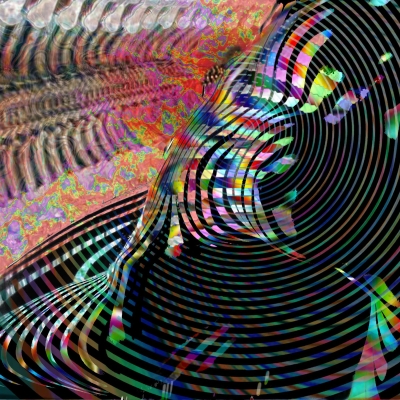



 Nederlands
Nederlands Italiano
Italiano Deutsch
Deutsch Français
Français Português
Português Español
Español Polski
Polski